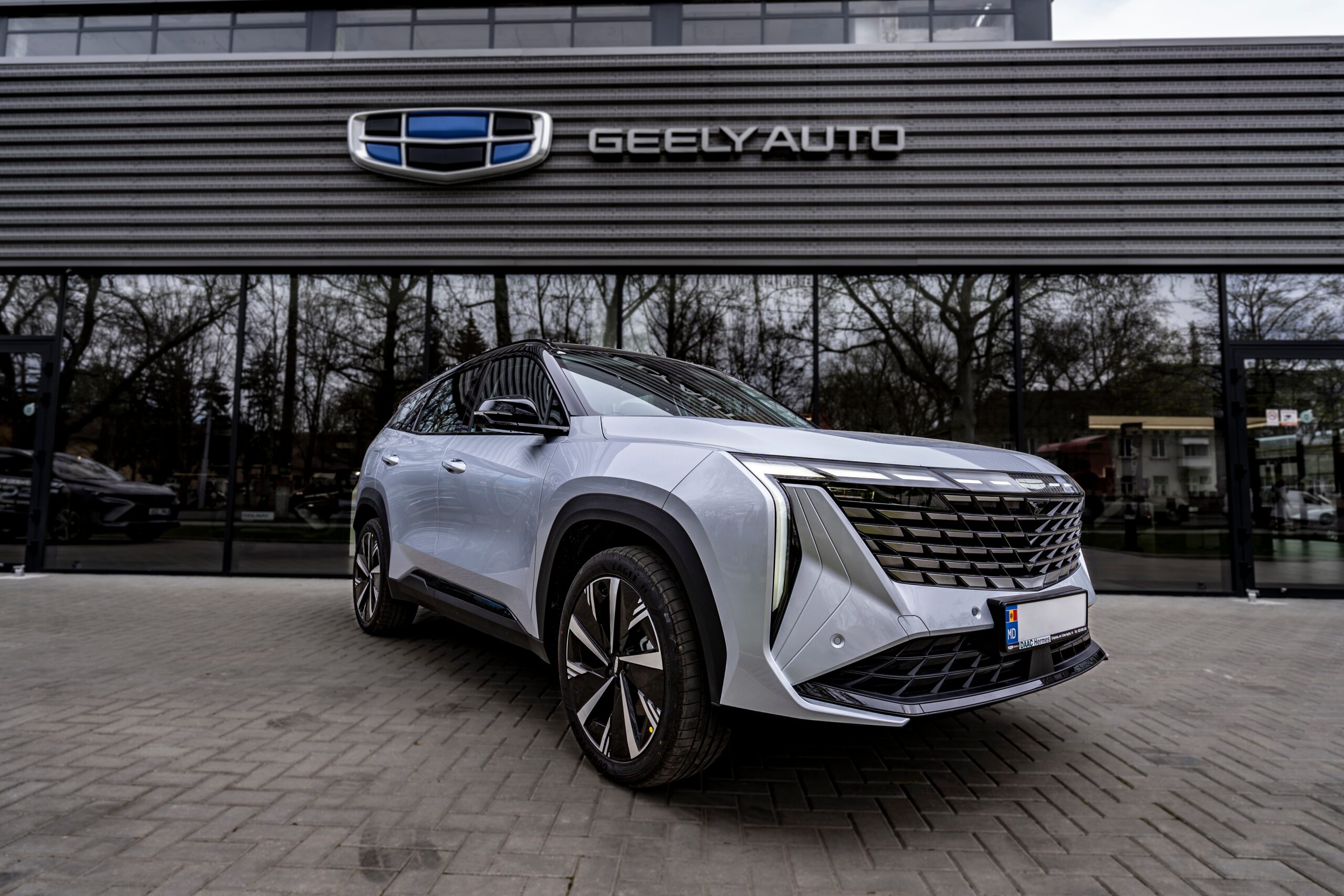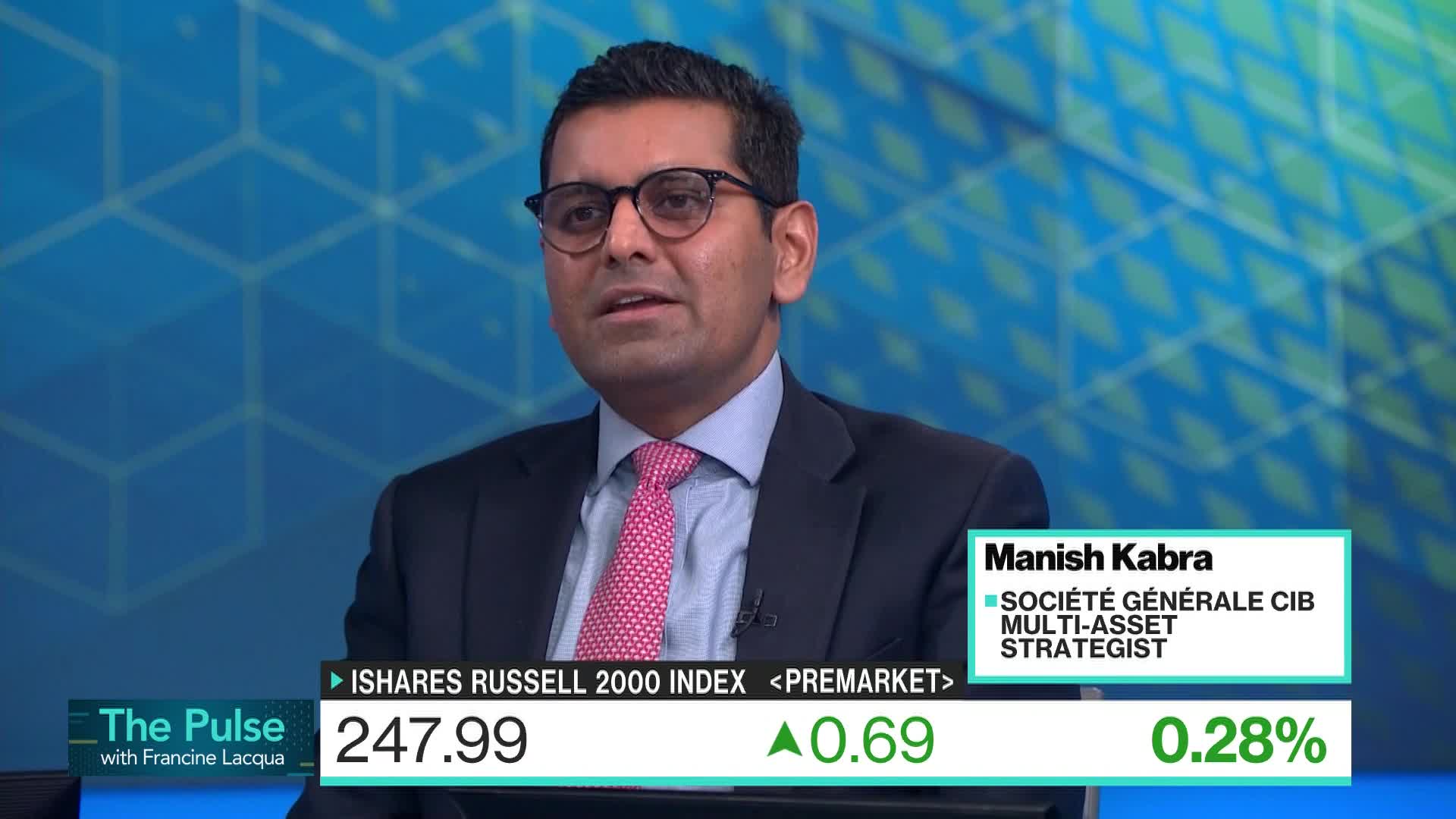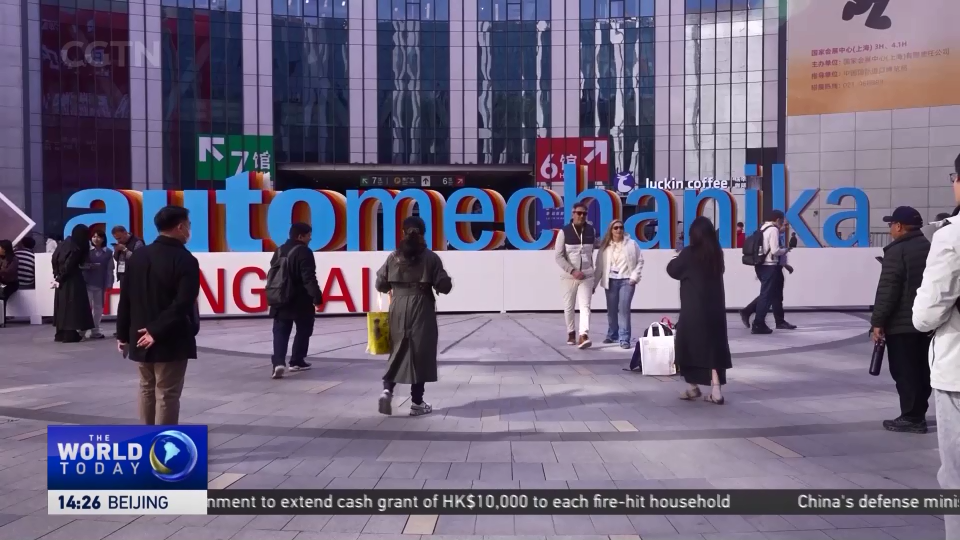TLDRs;
- Chinese EV sales slow sharply, pushing automakers to seek growth in Europe, Southeast Asia, and Latin America.
- Analysts warn 2026 tax cuts will squeeze margins and further dampen premium EV demand in China.
- Shares fall across major EV firms as forecasts miss expectations and investor anxiety intensifies.
- BYD, Geely, and Leapmotor target overseas expansion while some competitors diversify into robotics and new tech.
Chinese electric vehicle manufacturers are rapidly redirecting their attention overseas as their once-booming domestic market enters its most challenging period in years.
After a weak earnings season and a concerning outlook for 2026, investor confidence has grown increasingly fragile, sending shares of several EV makers tumbling and accelerating conversations about the long-term sustainability of China’s electric mobility boom.
Domestic Sales Lose Momentum
The latest earnings cycle has underscored mounting hurdles. Xpeng’s stock plunged 10% in Hong Kong following deeper-than-expected losses and muted forward guidance.
Leapmotor, despite stronger unit sales, fell short of profit expectations. Meanwhile, Li Auto and Nio both reported Q4 outlooks that disappointed analysts, signaling a broader softness across China’s new energy vehicle (NEV) sector heading into year-end.
Industry estimates now project NEV growth slowing to 13% in 2026, down from an already moderated 27% expected in 2025. The loss of momentum is partly tied to policy changes and partly to consumer behavior, with buyers advancing their purchases before incentives shrink.
Automakers Brace for 2026 Shift
A major shockwave looms on January 1, 2026, when China’s NEV purchase tax break will be cut in half. The cap will fall from 30,000 yuan to 15,000 yuan, sharply reducing relief for mid- to high-end models and squeezing premium manufacturers more than their budget-focused rivals.
This shift is already altering buying patterns. Dealers report order volumes rising as much as 60% compared to typical months, as consumers rush to secure vehicles before the full tax benefit expires. Analysts warn that Q4 2025 may appear unusually strong, only to be followed by a stark drop in Q1 2026 once the reduced subsidy takes effect.
The changes also carry ripple effects across the supply chain. Starting the same year, Chinese exporters will require new licenses to ship finished vehicles abroad, creating fresh demand for certification services, compliance support, localized software integration, and charging infrastructure interoperability.
Budget Brands Hold Advantage
As cost pressures intensify, automakers positioned in the lower-price segment such as BYD, Geely, and Leapmoto, are widely viewed as more resilient. Their focus on affordable models allows them to absorb tax adjustments more smoothly while remaining attractive to price-sensitive buyers.
Premium-focused EV manufacturers, however, face steeper headwinds. The reduced tax benefit disproportionately impacts higher-end models, potentially forcing these brands to adjust pricing or offer incentives to maintain demand. This adds pressure at a time when margins are already under strain due to rising production costs.
Overseas Expansion Gains Speed
With China’s domestic outlook cooling, more companies are aggressively expanding abroad. BYD and Geely are among the most active, establishing or planning production facilities across Spain, Hungary, Turkey, Brazil, and Thailand.
China exported roughly 5.5 million vehicles in 2024, and forecasts suggest shipments could exceed 7 million in 2025 as global demand for affordable EVs grows.
For third-party suppliers specializing in vehicle homologation, charging compatibility solutions, software localization, and in-car infotainment upgrades, this overseas push represents a significant business opportunity. As Chinese automakers tailor their vehicles to meet different regulatory, linguistic, and digital requirements, demand for specialized export-enablement services is set to surge







